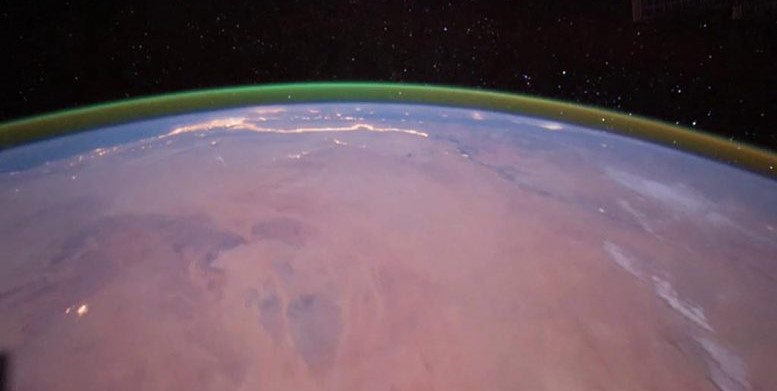Study: Mars Explorer Perseverance Helps in Search for Life

Images captured by the Mars explorer Perseverance reveal that water may have flowed over the planet billions of years ago. This is according to a scientific study published Thursday.
In February, NASA’s Perseverance landed on the planet Mars. The US space agency wants to find evidence that microbes have lived on the red planet. The rover’s working area is the crater Jezero where, billions of years ago, when water would have flowed on Mars, a river may have flowed into a lake.
Scientists have analyzed images of cliffs in the crater, and the different layers reveal how the landscape formed. According to NASA astrobiologist Amy Williams, the lower layers show that Mars was “warm and humid enough to support a hydrological cycle” about 3.7 billion years ago. That means that water could have existed on the planet.
The upper layers show that severe flooding has occurred in the possible river. Based on the analysis, NASA can decide where the Mars explorer should conduct more research on the planet. Thus, scientists hope to find more signs of long-extinct life – if any – on the planet.
“We already knew from previous information that it had to be water that made up this delta,” Williams said of the landscape in crater Jezero. “These new images make it seem like we can actually read the book instead of just looking at the cover.”
The six-wheeled Mars explorer with 20 cameras and a drill on board landed on Mars early this year, after an eight-year development program that cost about 2.1 billion euros. The rover has taken several samples in recent months and launched mini-helicopter Ingenuity.





